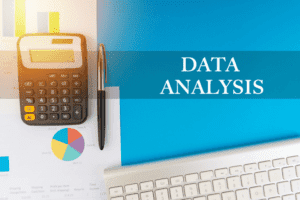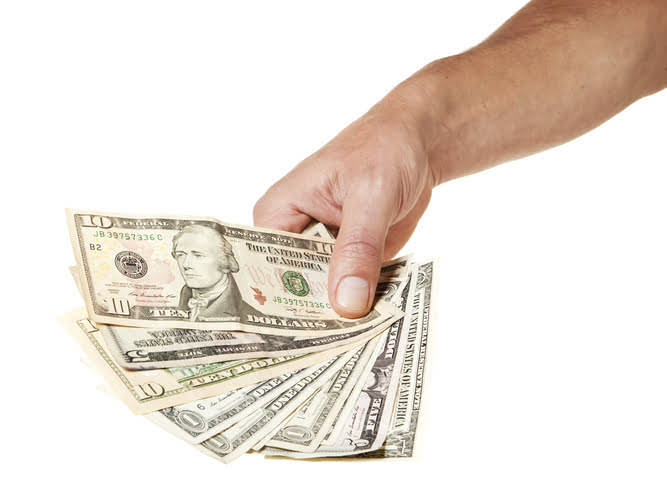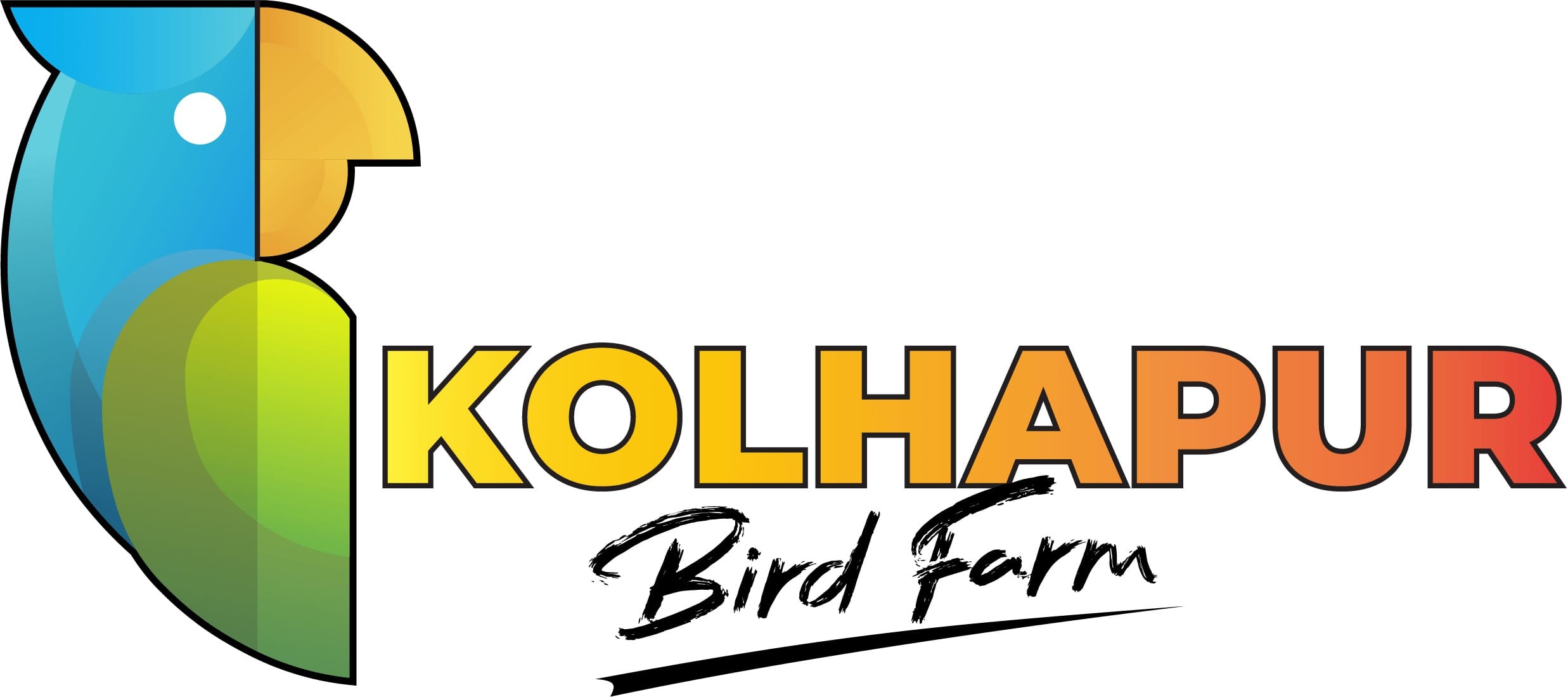Blog
Direct Write-off Method What Is It, Vs Allowance Method, Example

This approach matches revenues with expenses, so that all aspects of a sale are included within a single reporting period. Conversely, the direct write-off method might involve a delay of several months between the initial sale and a charge to bad debt expense, which does not provide a complete view of a transaction within one reporting period. Therefore, the allowance method is considered the more acceptable accounting method.

AccountingTools

If the transaction tells you what the new balance in the account should be, we must calculate the amount of the change. The amount of the change is the amount of the expense in the journal entry. Fundamentally, like all accounting principles, bad debt expense allows companies to accurately and completely report their financial position. At some point in time, almost every company will deal with a customer who is unable to pay, and they will need to record a bad debt expense. A significant amount of bad debt expenses can change the way potential investors and company executives view the Restaurant Cash Flow Management health of a company. The Direct Write-Off Method is an approach used to account for bad debts.
Advance Your Accounting and Bookkeeping Career

If the customer is able to pay a partial amount of the balance (say $5,000), it will debit cash of $5,000, debit bad debt expense of $5,000, and credit accounts receivable of $10,000. The amount of bad debt expense can be estimated using the accounts receivable direct write-off method aging method or the percentage sales method. The estimation process is inherently subjective and can lead to errors.
Why is the allowance method typically preferred over the direct write-off method?
Bad debt expense is something that must be recorded and accounted for every time a company prepares its financial statements. When a company decides to leave it out, they overstate their assets, and they could even overstate their net income. As mentioned earlier in our article, the amount of receivables that is uncollectible is usually estimated.
How to Estimate Accounts Receivables
- Thus, the profit in the initial month is overstated, while profit is understated in the month when the bad debts are finally charged to expense.
- While the direct write-off method is simple, it is only acceptable in those cases where bad debts are immaterial in amount.
- We record Bad Debt Expense for the amount we determine will not be paid.
- We can calculate this estimates based on Sales (income statement approach) for the year or based on Accounts Receivable balance at the time of the estimate (balance sheet approach).
- The direct write-off method waits until an amount is determined to be uncollectible before identifying it in the books as bad debt.
- The direct write off method is simpler than the allowance method as it takes care of uncollectible accounts with a single journal entry.
It can also result in the Bad Debts Expense being reported on the income statement in the year after the year of the sale. For these reasons, the accounting profession does not allow the direct write-off method for financial reporting. Instead, the allowance method is to be used for the financial statements. Under the direct write-off method, bad debts expense is first reported on a company’s income statement when a bookkeeping customer’s account is actually written off. Often this occurs many months after the credit sale was made and is done with an entry that debits Bad Debts Expense and credits Accounts Receivable.
- An accounting firm prepares a company’s financial statements as per the laws in force and hands over the Financial Statements to its directors in return for a Remuneration of $ 5,000.
- The alternative to the direct write off method is to create a provision for bad debts in the same period that you recognize revenue, which is based upon an estimate of what bad debts will be.
- Apparently the Internal Revenue Service does not want a company reducing its taxable income by anticipating an estimated amount of bad debts expense (which is what happens when using the allowance method).
- The method does not involve a reduction in the amount of recorded sales, only the increase of the bad debt expense.
- This is called the matching principle, according to Accounting Tools.
What is Bad Debt Expense?
But the allowance method is more commonly preferred and often used by larger companies and businesses frequently handling receivables. If you’re wondering which method is best for your small business, speak with a professional for insights into your specific situation. Allowance for Doubtful Accounts had a credit balance of $9,000 on December 31. Notice how the estimated percentage uncollectible increases quickly the longer the debt is outstanding. Therefore, there is no guaranteed way to find a specific value of bad debt expense, which is why we estimate it within reasonable parameters. The direct write off method is a way businesses account for debt can’t be collected from clients, where the Bad Debts Expense account is debited and Accounts Receivable is credited.
